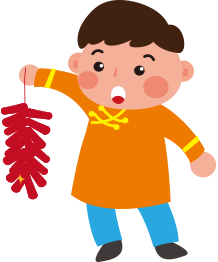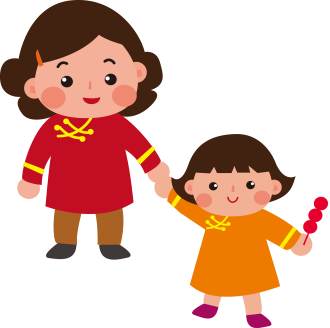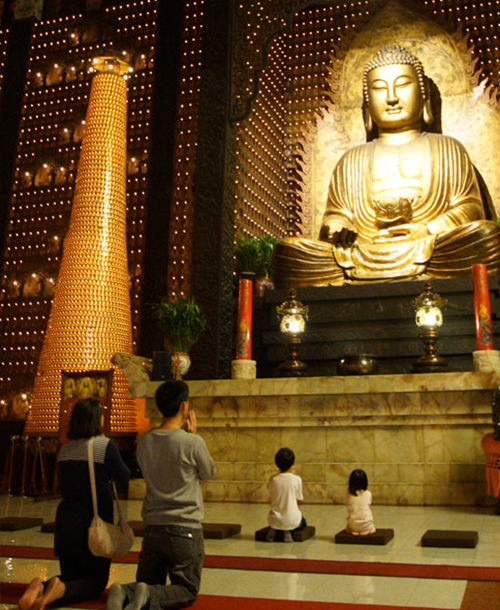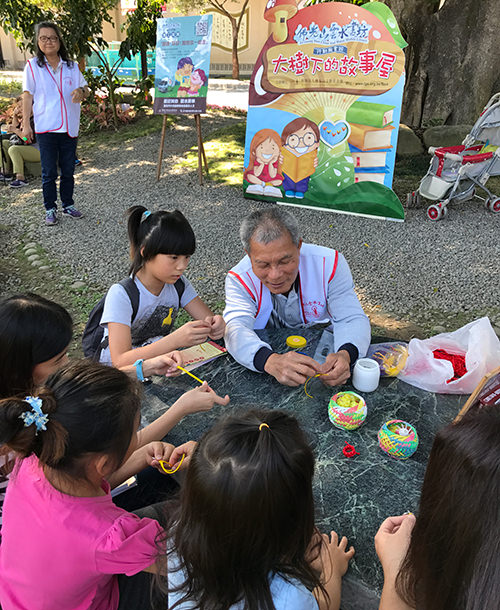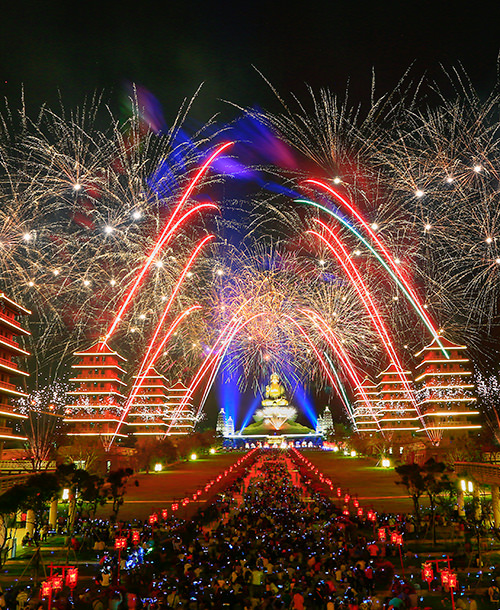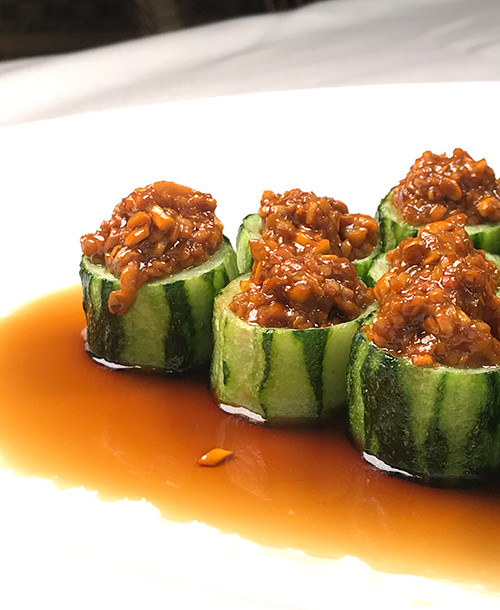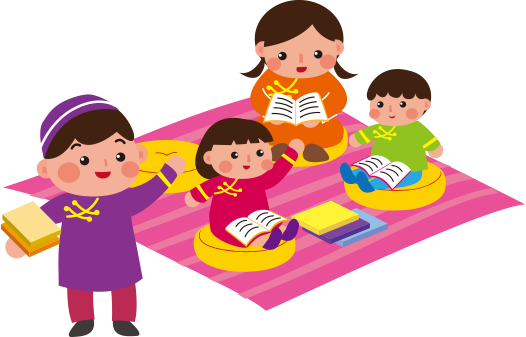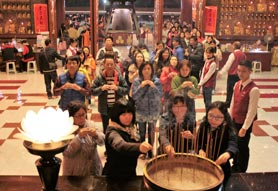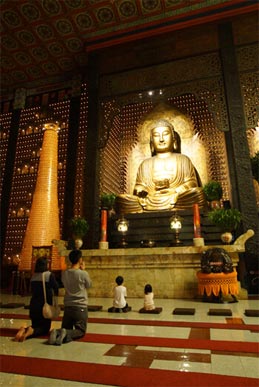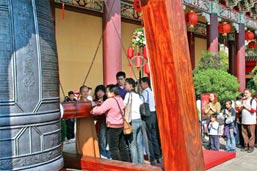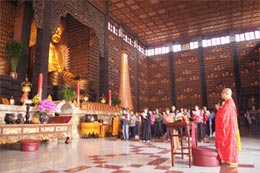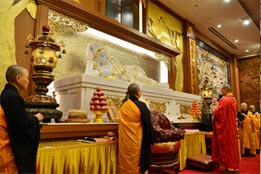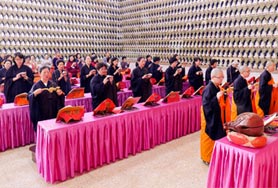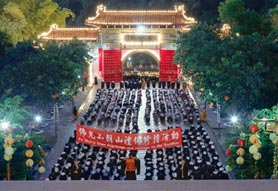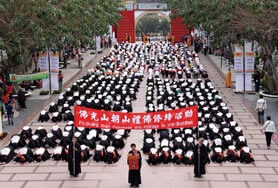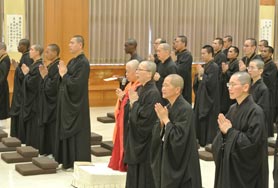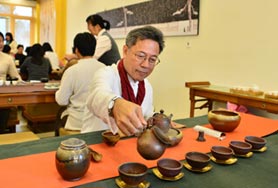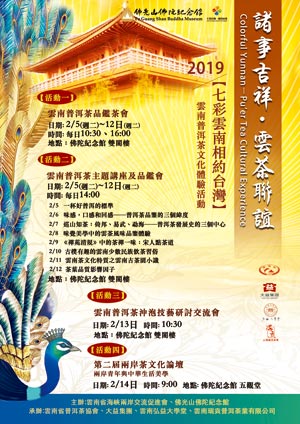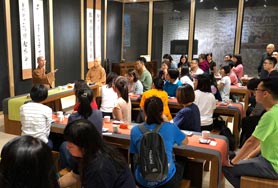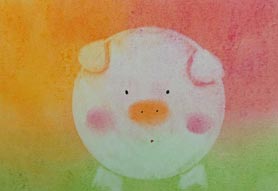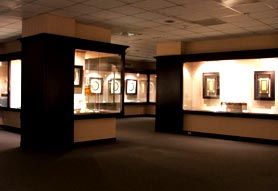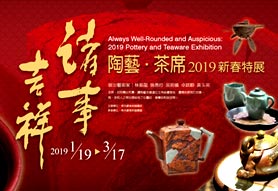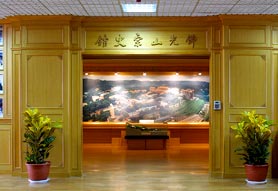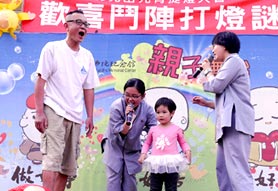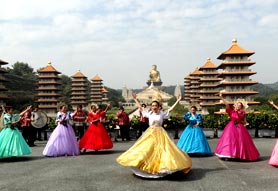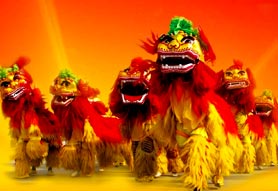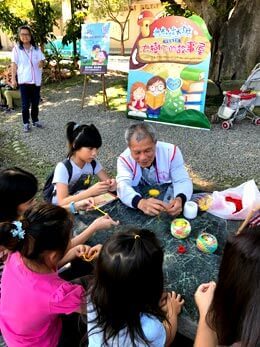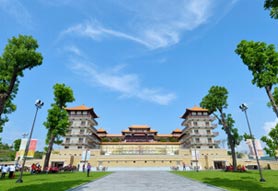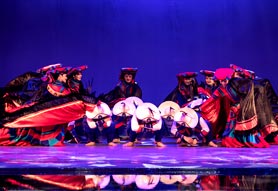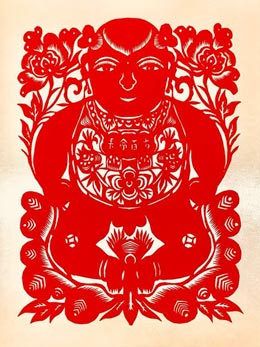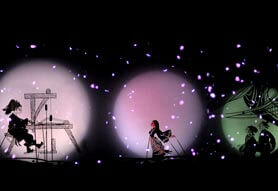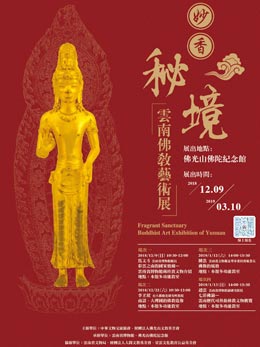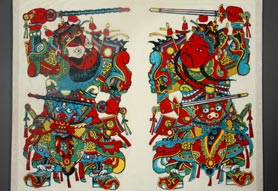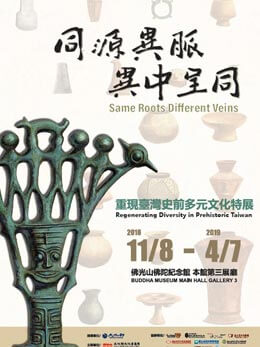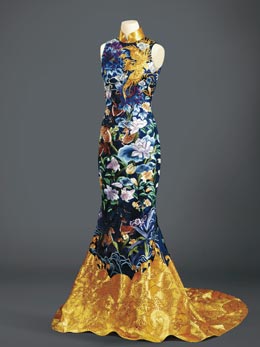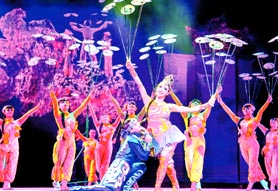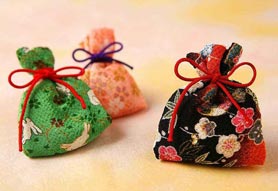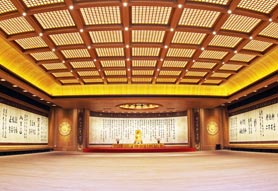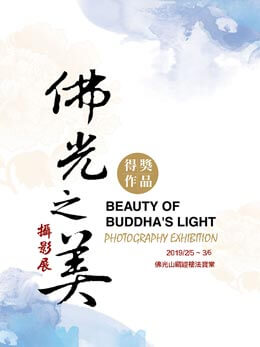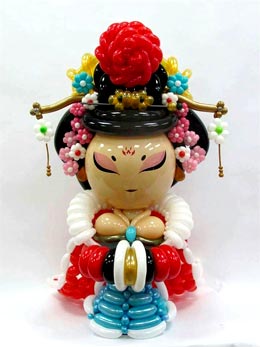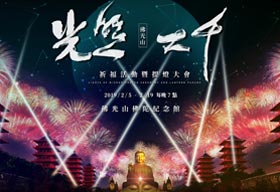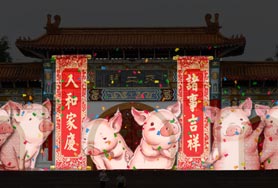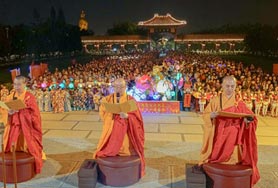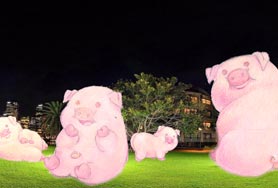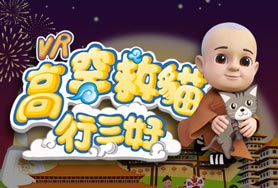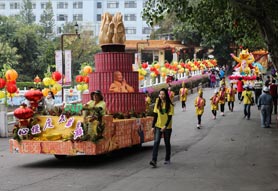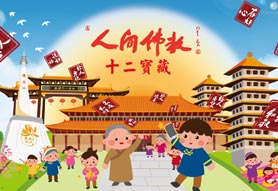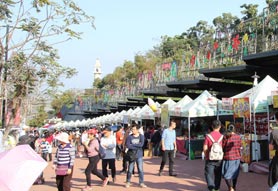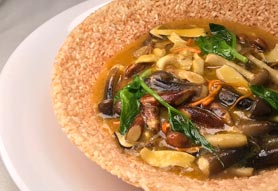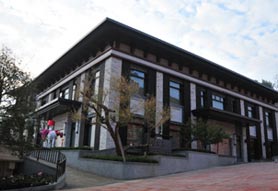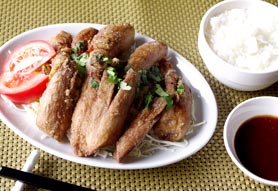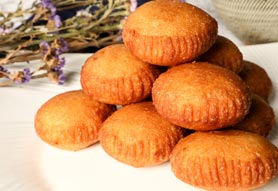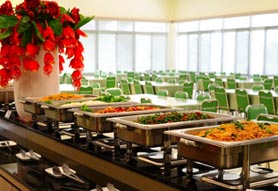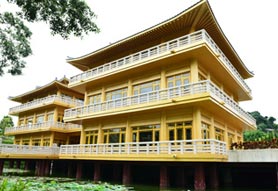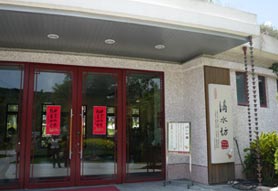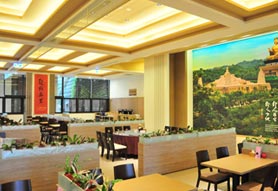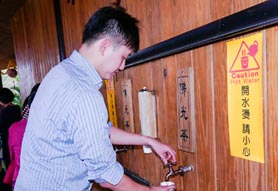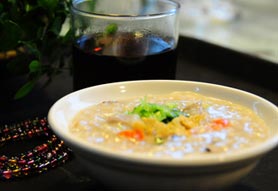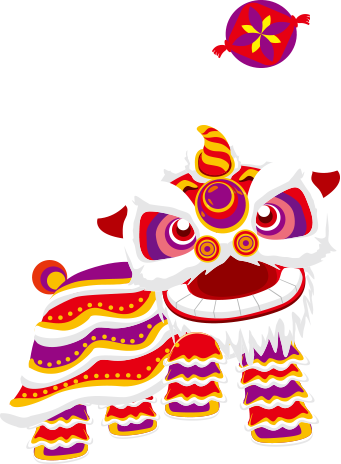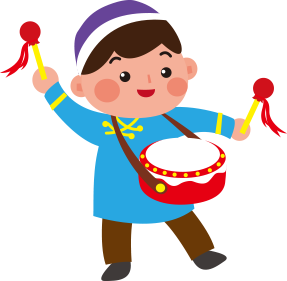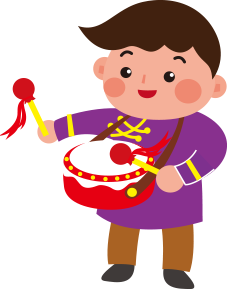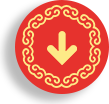Theme of Fo Guang Shan’s 2019 New Year Festival of Light and Peace
The 2019 Fo Guang Shan New Year Festival of Light and Peace starts February 5th and ends March 6th. This month-long festival takes inspiration from Venerable Master Hsing Yun’s New Year Spring Couplet “Always Well-rounded and Auspicious,” and will feature various activities to help people gain peace and joy. At the start of the New Year, devotees and families are invited to visit Fo Guang Shan Monastery to pray and bring peace and fulfillment home.
Venerable Master Hsing Yun explains that among the 12 Zodiac signs, the pig symbolizes the perfect completion and the start of a cycle. It indicates a year full of luck and auspiciousness, filled with renewed hope.
In 1980, Fo Guang Shan Monastery began hosting the New Year Festival of Light and Peace. Over the past 39 years, the festival has featured varied displays of themed lanterns, exhibitions of flower arrangements and rock carvings, fireworks, Buddhist new year blessings, delicious snacks, and art exhibitions. It has become an important annual event.
This year, the Fo Guang Shan New Year Festival of Light and Peace features four main themes: “Buddhist New Year Blessings”, “A Heritage of Refinement”, “Incessant Festivities” and “Vegetarian Cuisine as You Please”. These activities are intended to fuse tradition with modern life; one can make a Light Offering, ring the Blessing Bell of Peace, marvel at the lantern displays, and sample delicious vegetarian cuisine. Download the new “Fo Guang GO” mobile phone APP and follow the Fo Guang novice monk as he guides you on a tour of the featured attractions of Fo Guang Shan. Buckle up for an adventure!
The Significance of the New Year Festival of Light and Peace
Every Chinese New Year, Fo Guang Shan hosts the New Year Festival of Light and Peace as well as the Light Offering Dharma Service, while its branch temples around the world host the latter, all in hopes of providing all the opportunity to light up their own light of compassion and wisdom. Fo Guang Shan’s founder, Venerable Master Hsing Yun explains that one should “Use wisdom to dignify one’s place of practice”. Fo Guang Shan’s New Year Festival of Light and Peace unifies the wisdom and strength of all its devotees, monastic community, and Buddhist College students to, using traditional lantern making techniques, create Peace Lanterns that radiate a sense of religious blessing. Festival goers may experience the peaceful and serene ambiance as they make light offerings.
Venerable Master also says, “Even though a person may lack material belongings, as long as one has compassion, and wisdom, one will lead a life of abundance.”
Buddhism’s light and peace lantern offering represents the light that provides energizing and illuminating warmth. Hence on the first day of the first lunar month of every year, we have peace lanterns, while for all other days, we have full moon lights. Some parents offer lanterns on their children’s behalf in the hope that they will be blessed with intelligence and loveliness. Some children offer lanterns on their parent’s behalf, praying that they will be blessed with health. Some people offer lanterns for themselves hoping for a better future. There are also those who offer lanterns for the wish of world peace and happiness for humanity.
The Venerable Master once said, ‘the Buddha is like the light that can overcome darkness, the light that can provide warmth, and the light that ripens. Similarly, the Buddha’s light can eliminate one’s afflictions of greed, anger and ignorance, which have inevitably darkened the mind. It can warm our hearts and bring about our success in lives and in our future; and fulfil our character and virtuous merits.’ Ultimately, through the offering of light, we wish to bring light and peace upon the world, so that nations may peacefully coexist, and all ethnicities live harmoniously together.
